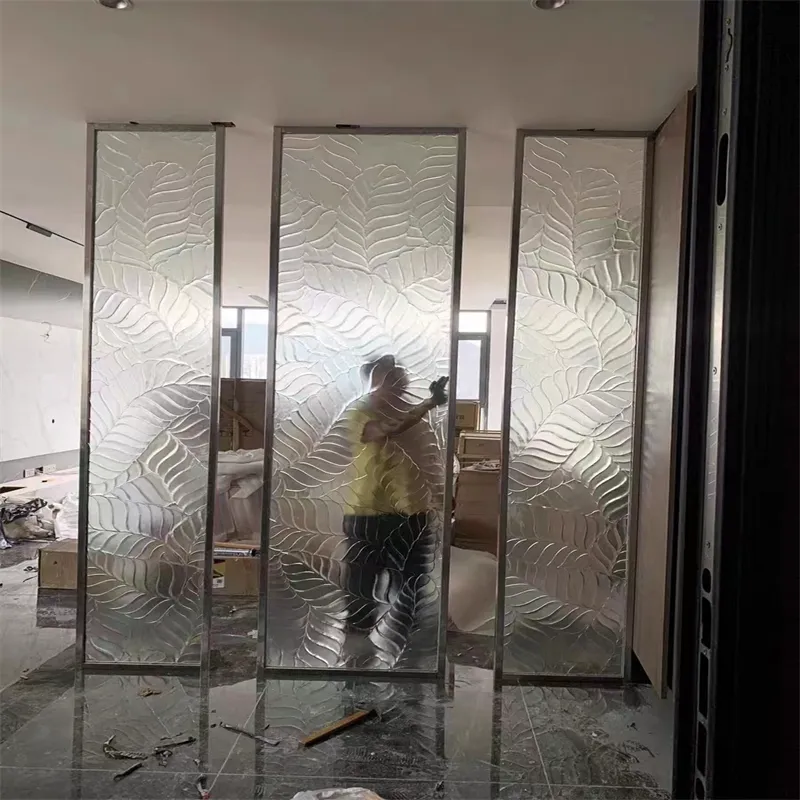Dec . 20, 2024 10:55 Back to list
what acid is used in glass etching
The Role of Acids in Glass Etching
Glass etching is a fascinating technique used to create intricate designs and patterns on glass surfaces. This method has gained popularity in various applications, including artistic works, functional items, and decorative architecture. Central to the glass etching process is the use of acids, which serve as the primary agents to modify the glass surface. Understanding the specific acids used in this process is essential for both artists and craftsmen who aim to achieve precise and professional results.
The Role of Acids in Glass Etching
Using hydrofluoric acid, artists can achieve varying levels of depth in their etching. For example, a brief exposure might result in a subtle frosting effect, while longer exposure times can yield deeper etches that reveal more complex patterns. This versatility makes HF a preferred choice among glass artists.
what acid is used in glass etching

However, it's crucial to note that hydrofluoric acid is highly hazardous. It can cause severe chemical burns upon contact with skin and is dangerous if inhaled. Therefore, safety precautions are paramount when working with HF. Protective clothing, gloves, and face shields must be worn to prevent accidents or injuries. Moreover, working in a well-ventilated area or under a fume hood is advisable to ensure proper ventilation and reduce the risk of inhaling toxic fumes. Due to these risks, many artists and hobbyists may opt for alternative methods of glass etching that use less hazardous materials.
Another option for those looking to avoid the dangers associated with hydrofluoric acid is the use of etching creams, which typically contain buffered solutions of HF mixed with other ingredients to reduce the acid's volatility. These creams are easier to handle and safer to use, making them an excellent choice for beginners or those working in a less controlled environment. Although etching creams may not provide the same level of precision as pure hydrofluoric acid, they can still achieve satisfactory results for many projects.
In addition to hydrofluoric acid, other methods for etching glass include sandblasting, which involves using a stream of sand particles to erode the glass surface, and laser etching, which utilizes finely focused laser beams to create designs. While these methods do not rely on chemical reactions, they offer unique finishes and textures that may suit specific artistic preferences.
In conclusion, hydrofluoric acid is the primary acid used in traditional glass etching, offering precise and versatile results. However, due to its hazardous nature, artists must prioritize safety when using this chemical. Alternatives such as etching creams or mechanical methods like sandblasting and laser etching provide safer options for creating beautiful glass designs. As glass etching continues to evolve, artists must weigh the benefits and risks associated with various techniques and choose the method that best aligns with their artistic vision and safety requirements. Through careful practice and attention to safety, glass etching can remain a rewarding medium for creative expression, producing stunning works that highlight the unique properties of glass.
-
Safety and Style with Premium Laminated Glass Solutions
NewsJun.24,2025
-
Reinvents Security with Premium Wired Glass
NewsJun.24,2025
-
Premium Float Glass Line for Modern Architecture
NewsJun.24,2025
-
Low Emissivity Glass for Energy-Efficient Architecture
NewsJun.24,2025
-
High-Performance Insulated Glass Solutions for Modern Architecture
NewsJun.24,2025
-
Elevates Interior Style with Premium Silver Mirror
NewsJun.24,2025
Related PRODUCTS














